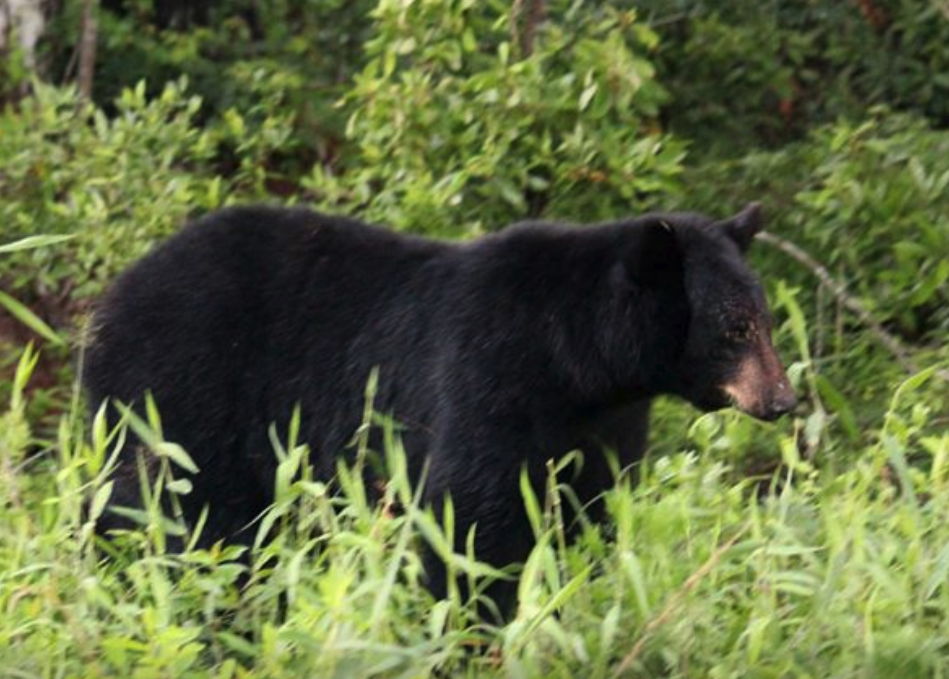It’s that time of the year again were Black Bear sightings are increasing throughout Maryland, including here in Harford County. Many encounters occur because a bear has discovered that our trash cans can provide an easy source of food. One of the best ways to keep us and our bears safe is to not provide any food for it so that it can continue to seek out natural food sources. If a bear does get into your trash cans, you can lock the lids down tightly (this can prove difficult), secure them by bringing them inside of a shed, closed in area or garage, if you have one, until your trash pickup occurs. A good general rule is to also never leave pet food outside, clean grills, and take down accessible bird feeders at night.
We understand that here we all are not used to dealing with bears in the way that our western counties and neighboring states have learned to over the years since populations have become established. This is the time to learn before more bears arrive in our landscape. First, Black Bears were once a part of our local ecosystem but were wiped out due to over hunting and loss of habitat. Over time they have been expanding from the more wild areas to return to some of their former range. Thanks to land preservation efforts we now have better bear habitat than we have had for a long time. This is a good thing.
Should we be concerned? No, but again, most importantly we need to all work together to ensure our bears don’t get acclimated to humans providing it a food source. If the bear shows any signs of aggression please stay indoors or leave its presence and contact Maryland DNR’s Bear Hotline 410-260-8888. A bear simply showing up somewhere is not itself a threat and bears will not be relocated just because they show up around where people live.
Often seen as human-killers, Black Bear attacks are actually incredibly rare, with an estimated hundreds of thousands of black bears inhabiting North America, approximately 100 deaths that have been recorded in the last 100 years. Most of those were probably were related to a mother protecting her young. Our group at Susquehannock Wildlife Society has collectively encountered dozens of bears at varying distances while traveling around the country without incident but proper guidelines must be followed to prevent any preventable attacks.
Black Bears are actually omnivores, mostly eating a variety of plants, berries, and less so, some prey items ranging from small rodents, fish, and on rarer occasion creatures as large as young deer.If you see a bear and it is acting normally, there is nothing you need to do except enjoy the experience, keep a safe distance and take a photo! We know many of you would love to see them, but please do not pursue them, bears, like any animal will defend themselves if they feel threatened.
The “rule of thumb” is a good way to gauge your proximity, if you can hold your thumb at arm’s length and obscure the animal, you are at least at the minimum distance, which for a bear is 200-300 feet. Because of how popular bears can be for both photographers and those seeking to illegally harm them, we generally do not share specific locations where they are sighted and we recommend others to do the same.Be safe and respect our wildlife. Through education and doing what we can to protect even the largest of species, we can coexist peacefully.
More information can be found here: http://dnr.maryland.gov/…/hunt_trap/bblivingwith.aspx


